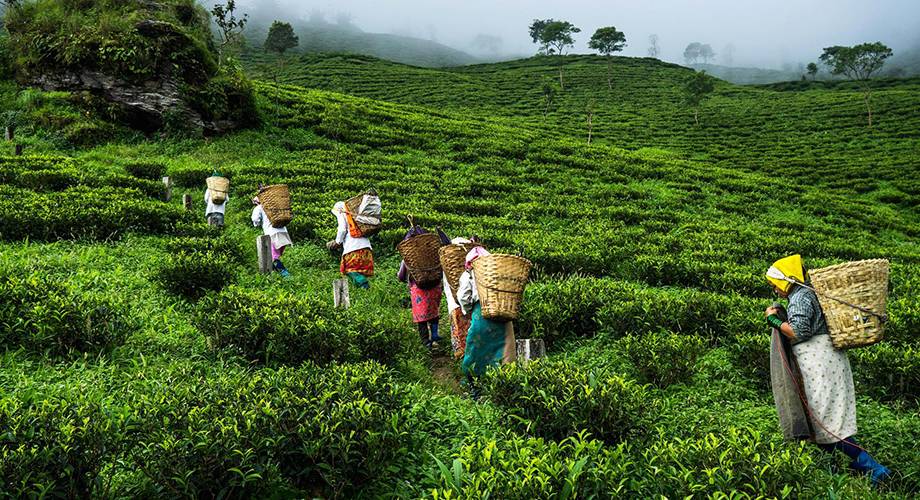
Concerns are being expressed by the plantation sector of Kerala, over the non-availability of fertilizer. The sector is saying that it will hit hard many crops in the state. The shortage could also affect pineapple production.
“Retailers have surplus stocks and they should be more diligent in updating their inventories” – said the government officials. There is a severe shortage of urea and MOP (Muriate of Potash) in tea gardens, which will have a descending effect on the production, and will have an added dooming impact on the industry which is already going through financial stress.
A top executive in a tea manufacturing company said – “The unavailability is affecting the entire tea sector hard, forcing the industry to desist from applying the required nutrients for plants. This will, in turn, affect crop production and lead to lesser output from the plants. Besides, the emerging situation will lead to higher production cost, thereby incurring losses to producing companies”. He added “the tea sector requires an average of around 200/kg of nitrogen and an almost equal quality of potassium per hectare in a year for plant nutrients, but the current availability is around 100-120 kg. The government should take urgent steps to ensure adequate availability considering its impact on the validity of the tea industry.”
Santosh Kumar, Executive Director, Harrisons Malayalam Ltd said – “For rubber, the shortage is hindering the application of required quantities of manure this season. Though fertilizer requirements in rubber are far lower than other crops, availability has been an issue. For large powers and plantations, there has been confusion on the norms of availability along with serious issues of shortage, leading to limited application. Planters have taken up the issue with the government and some relaxations have been forthcoming. But I do not think it will be possible to catch up keeping in mind the narrow window of time available this year.”
Based on soil and foliar analysis, the average rubber plantation applies manure and the figure may vary between 200-300 kg per hectare. Following this method, only 40 hectares could be applied per month and this is a vet small area for the rubber sector. The limits were increased after the matter was taken up at all levels. Santosh “The problem is stemming from the shortage of urea and the non-availability of MOP (Muriate of Potash) and DAP (Di-ammonium phosphate). The quantities are inadequate and many states will not be able to apply the required quantities this season.
SB Prabhakar, a planter in Idukki said “The fertilizer shortage has had a marginal impact on the cardamom sector. As most farmers use complex fertilizers there has been some shortage. However, due to the continuous rains, fertilizer uptake remains minimal. The shortage will be felt when the weather clears up in the next 10 days.”
“The shortage has affected timely manure application in pineapple farms that requires 18,000 tons of urea and 13,000 tons of potash in 45,000 acres on a yearly basis. The availability has now reduced to 50-6- percent. A shift in complex fertilizer will be costlier and affect the quality and quantity of the fruit” – said Baby John, president, Pineapple Growers Association Keralam.
A senior official in the Directorate of Agriculture, Kerala admittedly said that – “there is a shortage in the State on account of a global crisis for imported chemical fertilizer into the country and the government is trying to resolve it. For example – the requirement of urea for October was 20,800 tons and the allocation was only 15,770 tons, but the supplied quantity was 10,414 tons. The MOP demand was 12,700 tons with an allocation of 7,150 tons and the supply was 4,840 tons.
The official said – “In November, the urea demand was 10,196 tons and the allotted quantity was 6300 tons. However, the State has not received a single quantity so far but was expecting 1,000 tons in a couple of days. Not a single quantity of MOP was supplied so far in this month against a demand of 11,678 tons and the allocation of 9,000 tons. As far as DAP is concerned the State is witnessing the shortage for a long time. The supply last month was only 541 tons against the demand of 1,990 tons and the allocation of 1,840 tons.”
He also stated “The surplus stock position among the retailers in the fertilizer system as a reason for lower allotment from the Centre and the requested retailers to be more diligent in updating their stock position in resolving the crisis.”

















